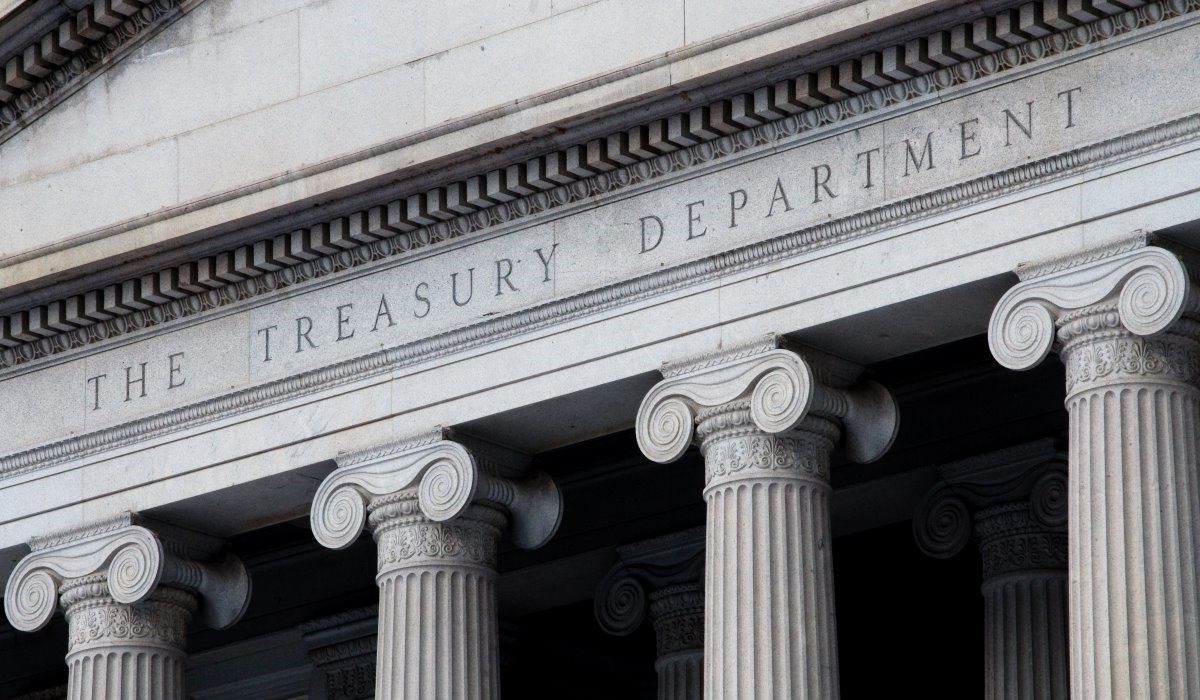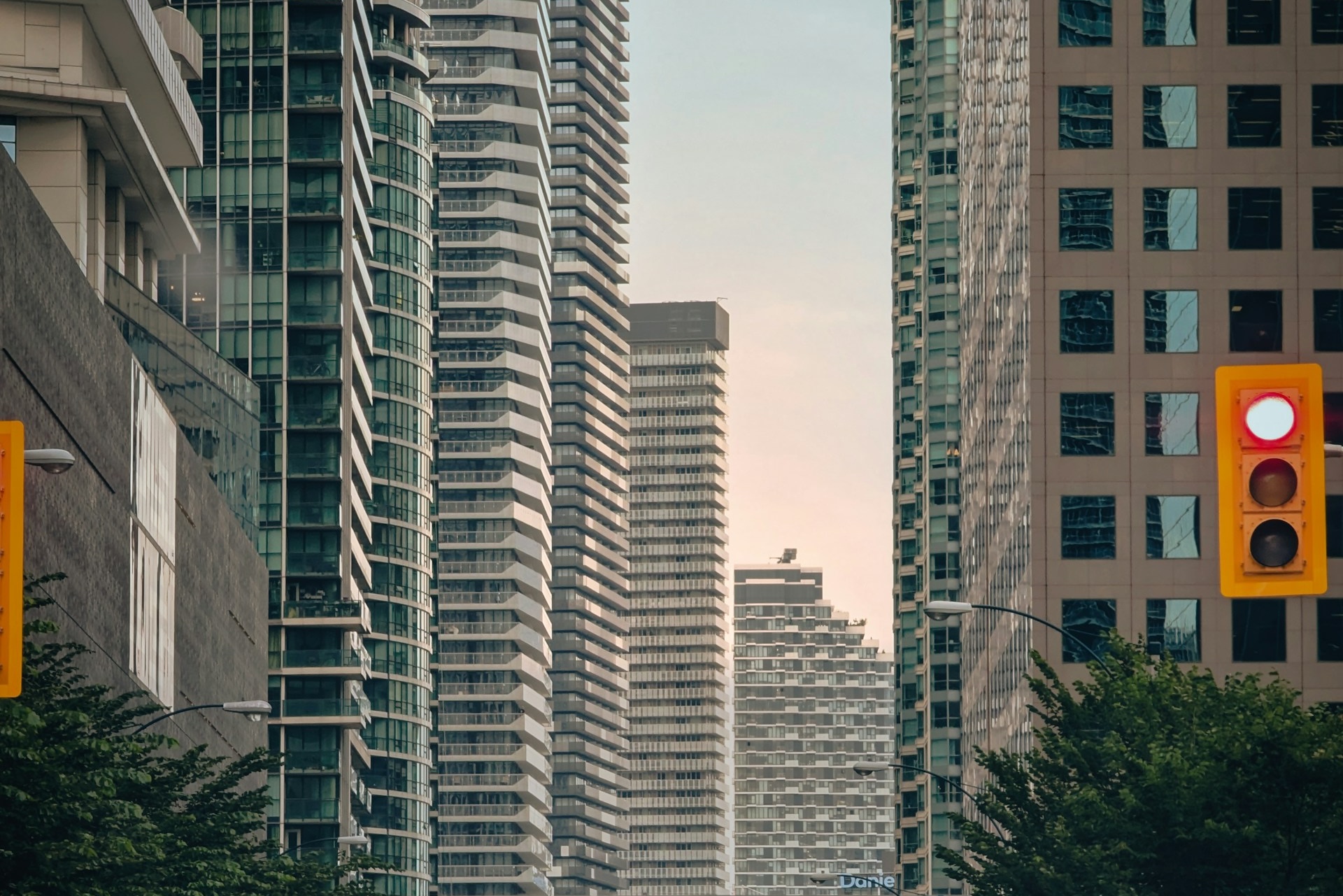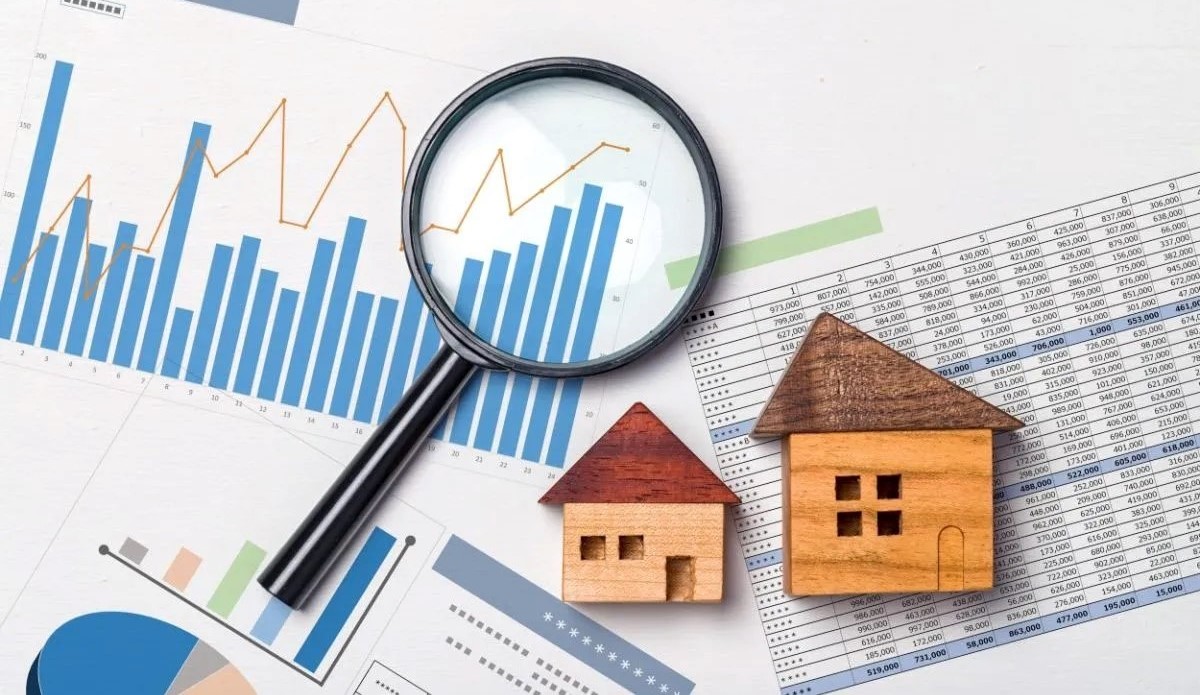A major shake-up of the housing sector is underway in Victoria, with premier Jacinta Allan and the Labor government setting in motion multiple policies that impact housing in the state.
From temporarily scrapping stamp duty and overhauling Victoria's building watchdog to rewarding good design, there's been a lot to take in as Jacinta Allan sets her sights on Victoria building more homes than any other in the nation.
The aim? To get more people into well-built homes as Australian population growth continues to surge.
Here's a summary of the major changes to housing policy in Victoria, whether you're an apartment-dweller, looking at townhomes or keen on a new house.
House and land
Melbourne's 10-year greenfield plan to build 180,000 new homes
The government has unlocked "the longest-ever pipeline of new greenfield land supply – 10 years’ worth of family homes and backyards," said premier Jacinta Allan.
The release is estimated to be the largest one-off commitment to unlock land for house-and-land developments in the state’s history.
The move would guarantee timelines for 27 new greenfield areas primarily across Melbourne’s outer south-east, north, and west to be released over the next 10 years – committing to providing the space and completing the planning work to deliver 180,000 new homes over the decade.
The government hopes the scheme will give developers the confidence to invest early and "get shovels in the ground", while also providing concrete timelines for industry and community.
MORE: Where can you buy Australia’s cheapest land in 2024?
Victoria is experiencing an historic housing shake up under the Labor government, including largest one-off commitment to unlock land for house-and-land developments in the state’s history. Picture: Getty
The release of unzoned land to be used for infrastructure development is also in the plan, so that communities will be well-serviced.
In addition, the government will improve the planning system so builders can get on with building. From 1 January 2025, the Victorian Planning Authority will be integrated with the Department of Transport and Planning.
"We tend to get caught up in needing more density in the city, but we forget that, historically, most of supply comes from greenfield housing," said Cameron Kusher, REA Group's head of economic research.
"There are a lot of people that don't need to be close to the city, and they're looking for affordable housing near where they work, which can be in places on the outskirts of the city – so the greenfield plan is really important as well.
"People need somewhere to live and many people have a preference for houses, and that kind of stock is actually easier to deliver at the moment than apartments," he said.
New building watchdog: VBA scrapped for tougher all-in-one regulator
Minister for Planning Sonya Kilkenny announced an overhaul of building regulator the Victorian Building Authority. In its place will be a new, more powerful watchdog – the Building & Plumbing Commission – to oversee building and plumbing industries across the state.
For the first time, the regulator will also deal with regulation, building insurance and dispute resolution, all under the one agency.
One key change will be allowing the watchdog to order works be remedied at a home after residents move in. Currently the regulator can only order fixes before the keys are handed over.
New powers will also enable the watchdog to stop the sale of apartments with serious defects, and also require more in-depth reporting before occupancy certificates are signed off on new builds.
Armed with a 50% increase in auditors and frontline inspectors as part of a $63.3 million investment in this year’s budget, the regulator will also lead an inspection blitz, including a crackdown on unregistered building and plumbing work.
“We’re implementing these reforms to protect Victorians building or renovating their home – our one-stop shop will ensure consumers know where to go for advice and support,” said minister for consumer affairs, Gabrielle Williams, of the new building watchdog.
Another key change is easier access to insurance. If a builder refuses to comply with a direction from the regulator to address a defect, it will trigger access to domestic building insurance. Currently, it only applies if the builder dies, disappears or becomes insolvent – which has seen it regarded as an insurer of last resort.
Other changes include creating more streamlined pathways to resolve disputes, and government working with industry and consumer groups on reforms to ensure the rules around domestic building contracts are clear and fair, with legislative change expected in 2025.
"Ultimately, it's going to end up resulting in better outcomes for people that buy new properties, and offer a level of comfort that if something is not right with their purchase, that it's going to be fixed," said Mr Kusher.
"For a lot of people, buying a house or buying an apartment is the biggest single investment they'll ever make. It's reasonable to think that it's going to be built to a reasonable level or that you're not going to have defects – and if you do have defects, that they're going to be fixed by the people that built it."
Apartments and townhomes
Stamp duty slashed for a year: Temporary off-the-plan duty concession
Major cuts to stamp duty have been announced as part of the Victorian Government's larger plan to supercharge housing supply, with the much-debated levy slashed for off-the-plan properties for 12 months from 21 October 2024.
In an effort to stimulate development, the Allan government is slashing stamp duty on Victoria's off-the-plan apartments, units and townhouses to cut upfront costs, speed up building, and make it more affordable for all home buyers to purchase off the plan.
The temporary stamp duty concession is no longer price capped or locked to specific buyers – all buyers (including investors) are stamp-duty exempt for eligible properties at any price point. Only land tax is payable during the one-year period.
MORE: Victoria scraps off-the-plan stamp duty – here's what you need to know
Anyone seeking to buy an off-the-plan apartment and townhome is now eligible for a 100% stamp duty concession for the next 12 months, and this includes investors. Picture: Victoria Hill / realestate.com.au
Stamp duty has long been viewed as a 'problematic tax' that many wish to see abolished in entirety. Developers and economists also argue that the temporary off-the-plan duty concession is not enough to address the more complex issues of the housing crisis that both industry and buyers face.
"I think the industry will really appreciate this, because we know it's a really tough slog selling new apartments in Melbourne and Victoria at the moment," said Mr Kusher.
"However, I think it's still going to be a hard sell, mainly because most of the new apartment stock that's on the market is at a premium to existing home prices due to complexities at an industry and Government level. And I'm not sure that the differential – what you're saving in stamp duty – will necessarily bring those prices close enough to what an established apartment costs.
"At the same time, what is positive is that it will start helping some of these projects get sales and clear some of that stock that's been sitting on the apartment market, potentially encouraging developers to start kicking off new projects," said Mr Kusher.
Knockdown rebuild 'sweet spot': Reform allows easy subdivision
One obvious solution to the housing crisis rests with infill development; townhomes, duplexes or multiple houses on one lot in established, desirable areas. With Victoria's current system, subdivisions take too long and often discourage home building.
The goverment has initiated significant planning reform to make it easier for homeowners to subdivide – and since the announcement, New South Wales has followed suit with its own reforms.
"This just makes sense: if you’ve got land you don’t need – we’ll make it easier for you to subdivide it and sell it, putting money back in your pocket and giving another Victorian the chance to buy their own home," said the premier in a statement.
"This will help more young Victorians get the opportunity to live in the communities where they grew up, close to the people they love," added minister for planning, Sonya Kilkenny.
MORE: NSW government duplex reforms to increase home supply
Victoria's planning and building systems will be streamlined to allow property owners the ability to subdivide their lot with ease, unlocking more duplex and townhome opportunity in desirable established areas. Picture: realestate.com.au
The review will examine how Victoria's planning and building systems can be streamlined to allow the addition of a second home, to build two new homes, or subdivide a block into two lots.
Options on the table include faster 10-day subdivisions (down from 60 days and often longer), criteria-based planning permit exemptions, or no requirement for a planning permit at all.
The Department of Transport and Planning will examine how approvals can be fast-tracked while maintaining standards to ensure high-quality homes.
Mr Kusher believes this is where the government will find success.
"Overwhelmingly, all of the research that's been done shows that people in Australia have a strong preference for a house rather than a unit. Now, certainly there's some people that would rather have a unit, but the vast majority of people would prefer to have a house.
"Not everyone's going to be able to afford to purchase a house, particularly in the suburb that they want to be in, but a townhouse, I think, is that great middle ground in that it's not as expensive as a house, but you still get a bit of land. It feels much more like your own property," he explained.
"If you make it easier for people to subdivide blocks and put multiple houses or townhouses on the one block, that is a good way to build up housing supply in established suburbs without going to the extreme step of saying we have to have 20-storey towers."
High-rise development plan: Higher density housing in key areas
One of the more controversial announcements in the housing reform changes has been the expansion of the government’s Activity Centre program for higher-density housing in 50 zones surrounding Melbourne around train and tram stations.
The first 25 have been announced, including Brighton, Hampton, Malvern and Toorak. The focus is on areas with public transport links, especially those that include the Metro Tunnel and the Frankston, Sandringham, Belgrave/Lilydale and Glen Waverley Lines. The government estimated the zones would lead to 300,000 more homes in metropolitan areas by 2051.
Communities in these areas, such as residents of Bayside, worry that the plans will dramatically change the character of their suburbs. Developers are also concerned that development of this kind is not feasible to build and sell, particularly at scale.
Mr Kusher explained that the situation requires meticulous planning in order to for the plans to come to fruition successfully.
The Docklands precinct in Melbourne is one area where increasing allowable density makes sense, however experts believe other areas with low-density housing require more nuance in their planning.
"My view on this is that some of the proposed areas are probably not appropriate for that high-density development. The government is saying the selections are based on existing infrastructure but depending on the projects, that might not be suitable," he explained.
"We need up-zoning – picking fewer, but much more appropriate, areas to up-zone. Then really pushing hard for the investment in infrastructure and amenities in that area prior to that up-zoning happening."
Mr Kusher gave established areas such as Docklands, Fishermen's Bend, inner-north suburbs and areas like Richmond as examples of locations that have existing medium and high-density property, while also being close to the CBD. These areas would suit higher-density projects than what's currently allowable.
"It's finding that happy medium," he said.
"The subdivision and townhouse plan that was announced by the premier makes sense to me. Obviously, that's a good way to get more moderate-density housing into those inner- and middle-ring suburbs. People are going to be more accepting of that than they are going from virtually no density to 20 stories.
"Even within suburbs, there might be certain areas that are appropriate, but other areas that aren't. I think the planning needs to be very selective."
MORE: Melbourne’s best new off-the-plan apartment developments
The other hurdle is around the cost of construction and viability of these types of projects.
"There's obviously a big push for high density, but the cost of delivering high density at the moment is so high, and the cost of construction is probably not going to come down," said Mr Kusher.
"Building material costs through the pandemic have gone up about 34% and over the last year they're up 1.1% so the rate of escalation has slowed, but there's very little prospect that those prices are going to fall.
"The cost of construction for houses is up about 42% since the start of the pandemic. For units, the costs are up about 25%, but in the last 12 months, they're up 7.7%, so they're actually starting to escalate."
Mr Kusher explained that the main attractor for people buying apartments is, usually, a lower price point than houses, but with current price pressures on the building industry, it's no longer a clear distinction.
The government is also revamping a statewide pilot infrastructure contribution program, which requires everyone – including developers – to pay a contribution toward infrastructure in areas of development.
The trial will not be rolled out until 1 January 2027 after the next Victorian election in November 2026.
The Great Design Fast Track: Rewards for beautiful, well-built projects
Labor's latest announcement addressed potential worries Victorians may have around the aesthetics of new building development, saying that the system "shouldn’t be set up to reward buildings that detract from Victoria’s stand-out history of architectural diversity or won’t stand up in quality or sustainability."
To this effect, plans for rewarding good design have been announced, with the aim to "drive a new era of affordable architectural heritage in [the] state."
But the community will also have input, a state first.
The Government is also putting incentives in place to ensure that design flair is considered when planning projects, to preserve Victoria's architectural history and reputation. Picture: Burnley Maltings Richmond/ realestate.com.au
According to the Victorian premier's website, the Great Design Fast Track will compel good design by:
- Rewarding affordable, well-designed buildings – and the developers who put in the effort to build them – by granting them a fast track through the planning system
- Expanding the ‘design book’ of great designs by including existing buildings that have made a mark and are loved by residents and the community
- Letting Victorians have their say for the first time on how Victoria’s streetscapes and buildings should look
- Building real life examples of ‘design book’ homes on government-owned land so Victorians can see and feel them – and then move in
“The community deserves affordable buildings that look great on the outside and feel solid as a rock on the inside. Our plan is for more grand designs but without the grand cost," said Ms Kilkenny.
The Great Design Fast Track will be developed by the minister for planning to focus on townhouse and apartment projects of three to six stories in height. It is intended to apply statewide and work similarly to the current Development Facilitation Pathway (DFP) that exists for larger housing projects.
As with the current DFP, locals retain the right to know what’s going on and have their say. Meanwhile, the DFP accelerates a project through the system, giving developers confidence that their cost-sensitive projects won’t get stuck in an expensive state of limbo.
Another aspect of the program is the expansion of the government's State Design Book of ‘future homes’ – projects that are planned on paper alongside artists’ impressions but don’t yet exist. The design book will be thrown open to the public to nominate great buildings they live in or love – which meet the good design criteria and deserve to be replicated across the state.
It's the first time Victorians have this kind of say on the future architectural ‘look and feel’ of their streets.
While more nuance and meticulous planning may be needed across the different reforms, the changes do seem to be a step in the right direction to move Victorians out of the housing crisis.
Looking for new properties? Browse our dedicated New Homes section.



















 English (US) ·
English (US) ·